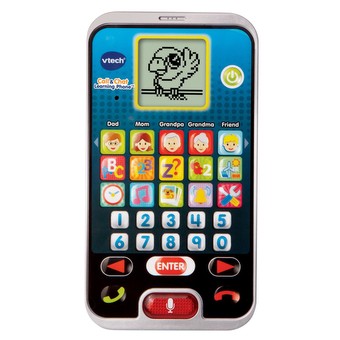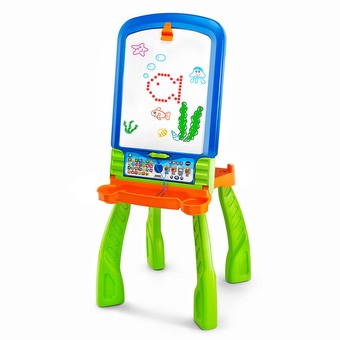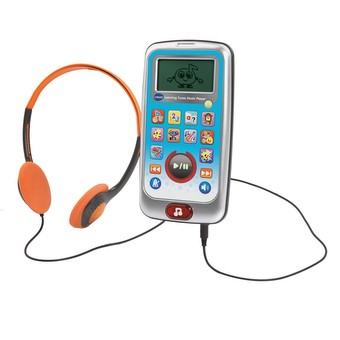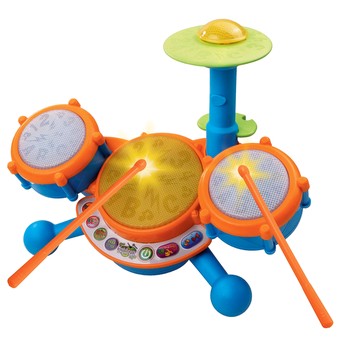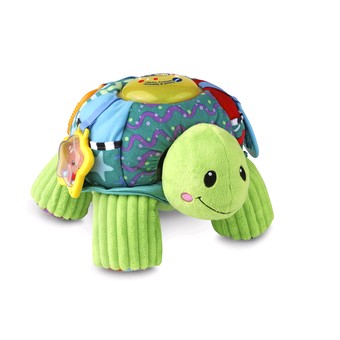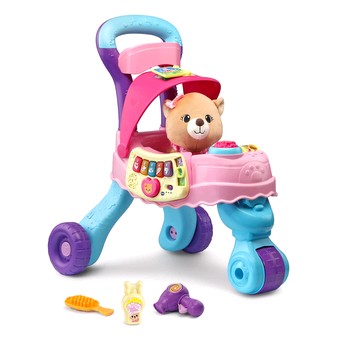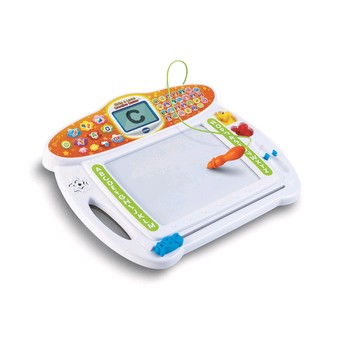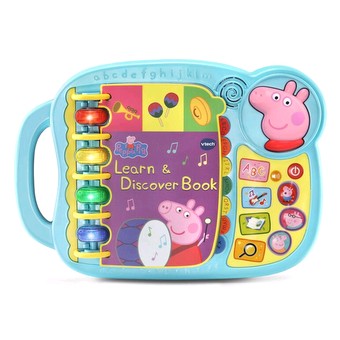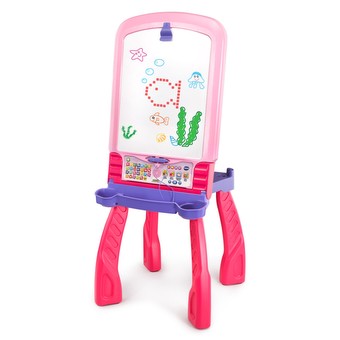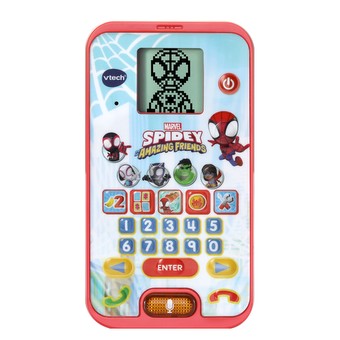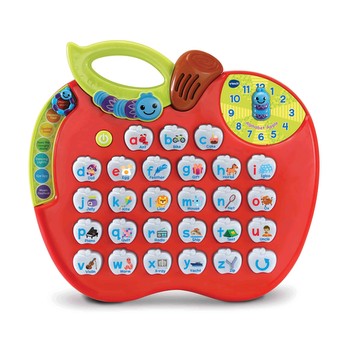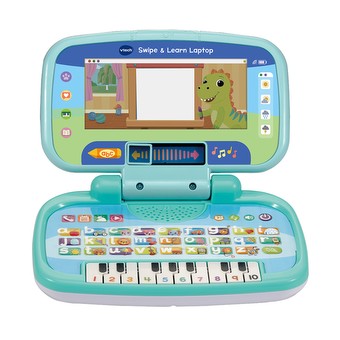Teaches letters and their sounds, the building blocks of reading.
Phonology is the term used to describe the rules governing the structure and order of speech sounds. The journey towards reading proficiency starts in the pre-school years. Once children understand that there is a correspondence between the marks on a printed/electronic page and spoken language they are able to begin to read. They can then translate the units of print ‘graphemes’ to units of sound ‘phonemes’. Phonological awareness is the ability to detect and use phonemes in words. This skill is crucial for children when learning to make sense of text; they need to be able to relate the sound structure of spoken language to symbols on a page.
The national curriculum states that children should be taught phonemic awareness and phonic knowledge to decode and encode words. These types of skills can be encouraged in young children by giving them opportunities to notice changes in sounds within words and listen to lots of nursery rhymes. Young children enjoy interacting with toys that give them the opportunity to play with letters and words. The words and letters are often repeated by the child. Young children like to hear letter rhymes and songs repeated over and over again. This is all part of their learning experience and is preparing the young child to become proficient at sounding out words.










































